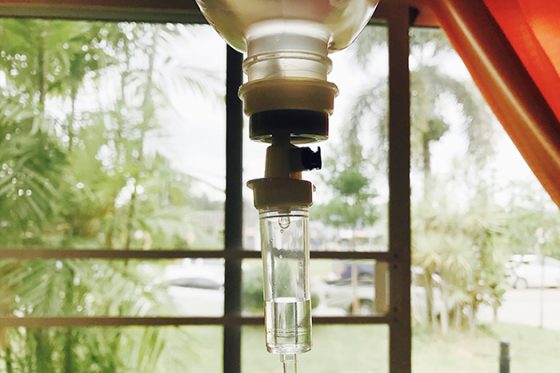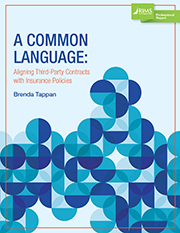 The Balloon Federation of America (BFA) has instituted new safety accreditation for companies and pilots.
The Balloon Federation of America (BFA) has instituted new safety accreditation for companies and pilots.
The Envelope of Safety program was the result of the Federal Aviation Administration’s (FAA) year-long call to action from the commercial hot air balloon industry in response to last year’s mid-air accident in Lockhart, Texas which caused 16 fatalities.
The Envelope of Safety aims to enhance the standards for commercial balloon operators and reduce the risk of injury or death leading up to and during a flight. The program is voluntary and aims to reassure confidence by giving consumers the ability to select a ride company or pilot meeting the new flight worthiness certification. The Envelope of Safety’s missions it to insure that companies and pilots carrying four or more passengers:
- Are commercially certificated for 18 months
- Accumulate a specified amount of flight experience
- Hold a second-class medical certificate from the FAA
Additionally, pilots are required to pass a drug and alcohol background check, attend a BFA-sanctioned safety seminar in the 12 months before takeoff and be enrolled in the FAA WINGS pilot proficiency program.
The program features three levels of safety accreditation—Silver, Gold and Platinum—which detail stringent safety requirements for companies of all sizes. That criteria includes meeting pilot requirements, holding valid aircraft and commercial vehicle insurance and hosting a forum for passengers to rate the company.
While the FAA is not connected to the new program in an official capacity, it did applaud the BFA’s announcement on its own website and promoted it via social media. Following last year’s deadly incident in Texas, the agency was criticized for having previously rejected the National Transportation Safety Board’s (NTSB) recommendations for stricter safety oversight regarding commercial hot air balloon travel. That accident, in which a Heart Of Texas Hot Air Balloon Ride vessel crossed power lines, caught fire and plummeted 100 feet to the ground, is considered the worst of its kind in U.S. history.
The NTSB held a board meeting to examine the cause of the July 30, 2016 crash and found the accident attributable to the Heart Of Texas pilot’s pattern of poor decision making, which led to “the initial launch, continuing the flight in fog and above clouds and to dissent near clouds that decreased the pilot’s ability to see and avoid obstacles.” The board believed the operator’s bad judgment may have been exacerbated by the many prescription drugs found in his blood, according to a toxicology report. The board stressed, however, that it did not believe the medications impaired the pilot’s ability to operate the balloon.
The NTSB recommended that the FAA review its policies based on the findings and, in particular, close a loophole that exempts balloon operators from holding the same second-class medical certification that other aviators must possess.
“Today’s recommendations, if acted upon, will bring the safety standards and oversight of commercial passenger carrying balloon operators closer to those that apply to [general aviation] pilots,” said NTSB Chairman Robert L. Sumwalt.
According to the FAA, 413 people died in 219 general aviation accidents in 2016, with inflight loss of control—mainly stalls—accounting for the largest number of fatal accidents.
Visit the BFA’s site or the FAA’s endorsement for more information regarding the Envelope of Safety.

 The destruction caused by Hurricane Maria in Puerto Rico last month has created major disruptions for the island’s pharmaceutical product and medical device manufacturing facilities. Days of interruption and damage to manufacturing plants are affecting international supply chains for products such as cancer and HIV treatments, immunosuppressants for patients with organ transplants, and small-volume bags of saline, which are necessary for patients who need intravenous solutions.
The destruction caused by Hurricane Maria in Puerto Rico last month has created major disruptions for the island’s pharmaceutical product and medical device manufacturing facilities. Days of interruption and damage to manufacturing plants are affecting international supply chains for products such as cancer and HIV treatments, immunosuppressants for patients with organ transplants, and small-volume bags of saline, which are necessary for patients who need intravenous solutions. well as others, and some people may be tempted to skim past those to move work along.” But, in this haste, deciding to “skim” past those clauses may activate exclusions, limitations and even, unknowingly, nullify the transfer of risk to a third-party.
well as others, and some people may be tempted to skim past those to move work along.” But, in this haste, deciding to “skim” past those clauses may activate exclusions, limitations and even, unknowingly, nullify the transfer of risk to a third-party.